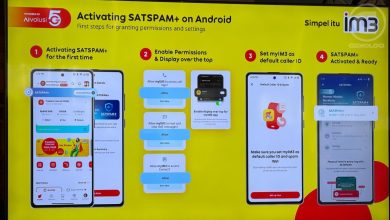ESET Research Discovers WolfsBane, New Linux Cyberespionage Backdoor
WolfsBane Is a Linux Version of Gelsevirine, a Windows Backdoor Used by Gelsemium

ESET Research has identified multiple samples of a Linux backdoor, which ESET researchers named WolfsBane and attribute with high confidence to Gelsemium, a China-aligned advanced persistent threat (APT) group. The goal of the backdoors and tools discovered is cyberespionage that targets sensitive data such as system information, user credentials, and specific files and directories.
These tools are designed to maintain persistent access and execute commands stealthily, enabling prolonged intelligence gathering while evading detection. ESET discovered the samples at VirusTotal; they were uploaded from Taiwan, the Philippines, and Singapore, likely originating from an incident response on a compromised server. Gelsemium has previously targeted entities in Eastern Asia and the Middle East. This China-aligned threat actor has a known history dating back to 2014 and until now, there have been no public reports of Gelsemium using Linux malware.
Additionally, ESET Research discovered another Linux backdoor, FireWood. However, ESET cannot definitively link FireWood to other Gelsemium tools, and its presence in the archives analysed might be coincidental. Thus, ESET attributes FireWood to Gelsemium with low confidence, considering that it could be a tool shared among multiple China-aligned APT groups.
“The most notable samples we found in archives uploaded to VirusTotal are two backdoors resembling known Windows malware used by Gelsemium. WolfsBane is the Linux counterpart of Gelsevirine, while FireWood is connected to Project Wood. We also discovered other tools potentially related to Gelsemium’s activities,” said Viktor Šperka, Researcher at ESET Research, who analysed Gelsemium’s latest toolset.”
He added: “The trend of APT groups to focus on Linux malware is becoming more noticeable. We believe this shift is due to improvements in Windows email and endpoint security, such as the widespread use of endpoint detection and response tools and Microsoft’s decision to disable Visual Basic for Applications macros by default. Consequently, threat actors are exploring new attack avenues, with a growing focus on exploiting vulnerabilities in internet-facing systems, most of which run on Linux,” explains Šperka.

ESET RESEARCH Explains Wolfsbane
The first backdoor, WolfsBane, is a part of a simple loading chain consisting of the dropper, launcher, and backdoor. Part of the analyzed WolfsBane attack chain is also a modified open-source userland rootkit, a type of software that exists in the user space of an operating system and hides its activities.
The second backdoor, FireWood, is connected to a backdoor tracked by ESET researchers under the name Project Wood. ESET traced it back to 2005 and observed it evolving into more sophisticated versions, the backdoor was used previously in in Operation TooHash. The archives ESET analyzed also contain several additional tools—mostly webshells—that permit remote control by an attacker once they are installed on a compromised server, and simple utility tools.
For a more detailed analysis and technical breakdown of Gelsemium’s latest toolset, check out the latest ESET Research blogpost “Unveiling WolfsBane: Gelsemium’s Linux counterpart to Gelsevirine” on WeLiveSecurity.com. Make sure to follow ESET Research on Twitter (today known as X) for the latest news from ESET Research.




